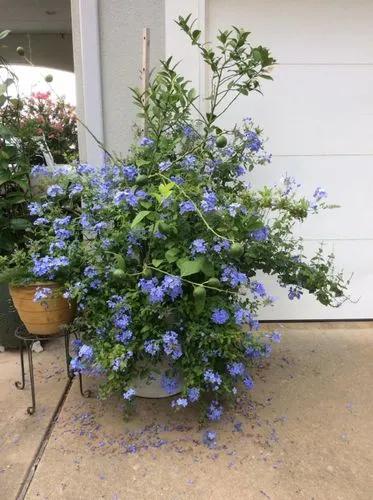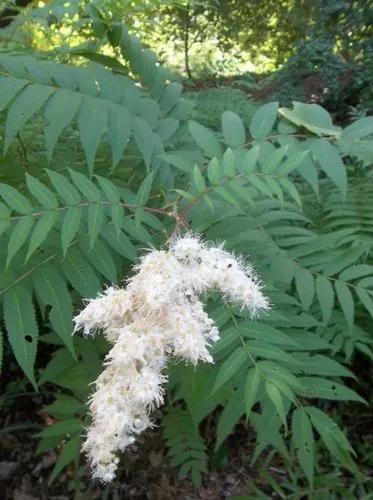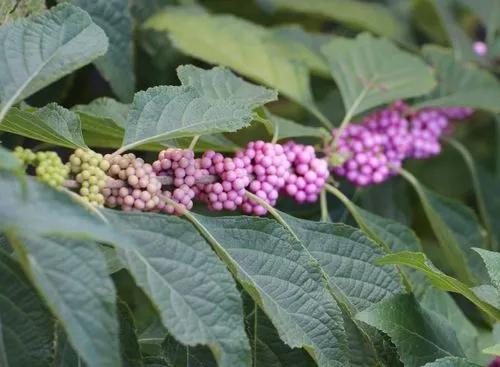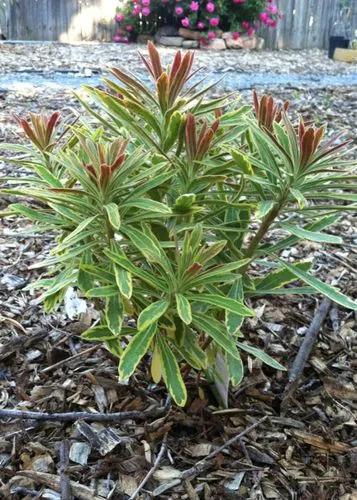Aloiampelos striatula, formerly Aloe striatula, the hardy aloe or striped-stemmed aloe, is a sturdy succulent plant that naturally occurs on the summits of mountains along the south of the Karoo region of South Africa.
Aloe striatula Care
Aloiampelos striatula
Other names: Striped-stemmed Aloe



Aloiampelos striatula is a robust rambling plant that can form a large shrub of up to 2 m in height. It is closely related to Cape Town's Aloiampelos commixta, but it is easily distinguished from it by the distinctive dark green stripes on the stems and leaf sheaths (its species name, striatula, means "little stripes"), and by its thin, recurved leaves (which, like its flowers, are more densely packed). The leaves of striatula are dark green and strongly recurved, with numerous small white teeth along their margins. The flowers are reddish-orange and appear densely on tall (400 mm), un-branched, cone-shaped racemes throughout the summer. Aloiampelos striatula naturally occurs in the mountains of the Karoo region of South Africa, between the towns of Graaf-reinet and Queenstown in the Eastern Cape, extending into the Free State and Lesotho. It is very tough and hardy however and has been planted widely in gardens - in South Africa and around the world.
How to Care for the Plant

Water

Watering an aloe deeply also allows any built up salts to leach from a soil. Succulents can be sensitive to a minerals and chemicals in municipal water supplies. If your aloe seems peaky, use filtered or distilled water when irrigating. Add a diluted liquid fertilizer once per month to a water but only during a growing season.

Pruning

It is important because damaged leaves and stems can actually be an energy drain on your plant. By removing those dead parts, you're taking some of that work off your plant’s plate and allowing it to divert its energy into healthy leaves and new growth!

Fertilizer

Use a balanced fertilizer with a 10-10-10 formula.

Sunlight

This plant needs 8 hours of filtered sun per day.

Soil

Loam soil offers a great balance of silt, sand, and clay as well as a bit of hummus.

Temperature

The plant can be hardy down to the temperature of -6.6°C (20°F). In general, it is better to grow it in areas with mild winters.

Container

When choosing a pot, choose a pot that is 2.5-5 cm (1-2”) larger than the current size. Ceramic pots are porous which means your plants are less likely to experience root rot from overwatering. It also means you'll have to water more often. Plastic pots are lighter, less likely to break, and easier to clean.

Popularity

5,250 people already have this plant 495 people have added this plant to their wishlists
Discover more plants with the list below
Popular articles






